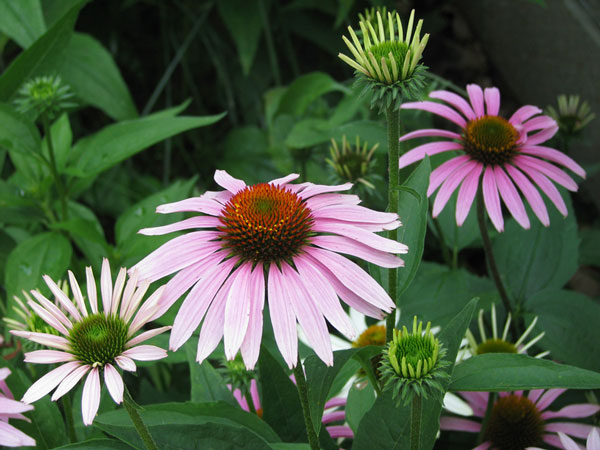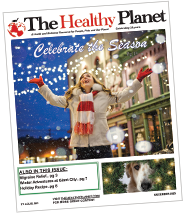
By Judy Good
I’ve become a homebody over the past two years. And not just because of the pandemic. It’s an ever-increasing longing to connect with nature. I’m one of those nuts that views yard care as a valuable way to spend time rather than one more chore. My husband agrees. Especially with the part about no more lawn mowing.
You read that right. We’ve sold our lawn mower.
We’re building a home on an acre and a half in urban Springfield, Missouri. Never developed, the land has dozens of large trees. It’s home to turkey, deer, and a plethora of songbirds. We see ourselves as stewards of the plot and its inhabitants. We also see an opportunity to set an example for what an urban yard can be. One that works with nature. Our landscape plan features a bioswale, dry creek, and ‘critter pools’ to accommodate excess stormwater. It also includes native species where new plantings are needed. We can already envision moments of discovery in our ‘wild yard’ for our grandkids and us.
These moments will be a result of balance.
I’m referencing the balance between insects, the food web, and other wildlife. Insects feed and pollinate a narrow group of native plants. Ones with which they share an evolutionary history. Non-natives and most cultivars don’t share that history. As a result, insects can’t thrive. And as the insect population goes down, so does that of songbirds, amphibians, reptiles and more.
If each home landscape were a bit more in tune with nature, what would the outcome be? Less maintenance and resource use, cleaner water, and more watchable wildlife for everyone. Naturalized landscapes would form networks of habitat. This would reduce the distance pollinators and birds must travel for survival food. And, with those natural approaches, songbirds and more will return to your yard. And you can say, “Look what’s happened at my house!”
Saving the ecosystem isn’t as simple as letting your landscape go. You also must remain vigilant to remove invasive species. Species like Bradford pear, burning bush and Japanese honeysuckle. Called invasive for a reason, they outcompete natives and are hard to eradicate.
Want to connect with nature? This spring, make choices that support it. An easy one can be adding native plants to your landscape. With nearly 400 native species, Forrest Keeling is a great place to start.


